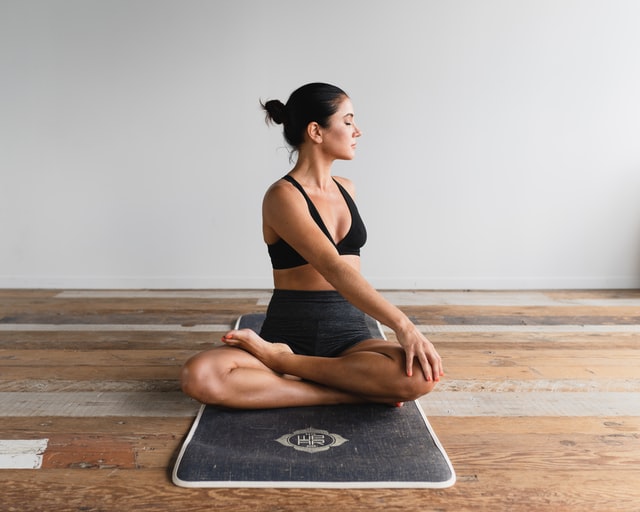
Body + Mind is reader-supported. We may earn an affiliate commission when you buy through some of the links on our site.
Yoga is a mentally and physically beneficial practice. However, some people avoid it due to misconceptions. Some individuals look at advanced poses and feel discouraged before they even start.
There are many yoga positions for people of varying mobility rates. Low-impact postures can increase your strength, comfort and emotional stability. Here are seven basic yoga poses for beginners adopting holistic lifestyles.
There are four yoga posture levels to be aware of, from beginner to advanced. While you might identify as a beginner, you may be comfortable at a higher level. The one is for individuals with zero previous exposure.
Beginner sequences are slow, detailed and encouraging. Level two yoga positions are for experienced newbies. You can practice level two yoga when you recognize pose names and understand the use of breath.
The third and fourth levels suit yogis who have a solid understanding of poses and practice regularly. Once you identify your sequence level, you may begin practicing.
There are seven basic yoga poses for individuals with limited experience. The postures cause minimal physical stress and improve your health and well-being.
Start balasana, or child’s pose, on your hands and knees. Align your body by stacking your shoulders over your hands and your hips over your knees. You can bring your big toes together from table pose, spread your knees mat distance apart, and drop your hips down and back.
Another yoga posture is savasana or corpse pose. You can reach savasana by lying on your back with your arms long by your sides and your legs extended. Focus on taking extended inhales and exhales when in this pose.
The third beginner posture is paschimottanasana, or seated forward fold. You may practice paschimottanasana by sitting on your mat and elongating your legs in front of you. Then, inhale while raising your hands overhead and fold forward.
Adho mukha savasana, or downward dog, is the fourth beginner pose. You can reach the position by starting on your hands and knees. Lift your hips up and back while exhaling to achieve adho mukha savasana.
The fifth posture is tadasana, or mountain pose. You may reach tadasana by standing tall with your palms facing forward and the crown of your head facing upward. This yoga pose builds core strength and improves blood flow.
Trikonasana, or triangle pose, is a more challenging beginner-level posture. You can achieve trikonasana by facing one foot forward while the other’s outer edge is parallel to the back of your mat. Next, spread your arms out, shift your torso forward and lower your front arm toward the floor.
The final pose is urdhva mukha svanasana, or upward dog. You can reach upward dog by laying on your stomach with your hands under your shoulders. On an inhale, lift your hips and torso off the matt.
Practicing upward dog and other beginner poses helps you develop core strength and greater mobility. Regular practice also lowers cortisol levels, blood pressure, symptoms of depression and other conditions. Once you have a basic understanding of each pose, you may quickly advance to a higher sequence level and become an experienced yogi.
Your email address will only be used to send you our newsletter, and at any time you may unsubscribe. For more information, see our Privacy Policy.